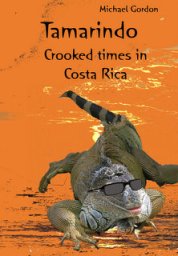Posted in adventure in Ontario, Adventures, animals, best things to do in Toronto, Caves, collecting rocks near Bancroft, Education, environment, fun things to do in toronto, gems, gemstones, geography, geology, Interesting, Nature/Outdoors, ontario, Ontario geography, Ontario's geography, Ontario's geology, photo, photos, picture of, rock collecting, rockhounding, Rocks & Gems, rocks and minerals, rocks in Ontario, rockwatching, things to do in Toronto, tagged Bancroft, Bancroft gemboree, feldspar mine, gemboree, rockhounding, rockhounding in Ontario, rocks and minerals on July 25, 2013|
3 Comments »
This past week I was looking at an old feldspar mine near the former MacDonald Mine (Bancroft). It would appear that the whole area is pitted with abandoned diggings through the forest and the mineral varieties range from amazonite through to Ellsworthite and uranite, a deeply shadowed quartz (smoky) being indicative of the radioactivity that is inherent in several of the local mineral species. In fact in the 1950’s the Bancroft area was a major location for the mining of radioactives. This namelss mine that I visited in the bush was especially well endowed with the typical feldspar minerals.
As soon as I can get my Camtasia video editing software going you will be able to click here to see a short video on the trip.
Anyway this particular mine was along a barely distinguishable track that was lined with tailings which made great rockhounding possibilities. A word of caution, without even realizing it both Jeff and I cut our hands to pieces on glass sharp shards of quartz. Unlike feldspar which has a tendency to break cleanly and smoothly along natural cleavage plains, amorphous crystalline quartz breaks in a random, haphazard way with concoidal fractures – exactly like you would see in glass. You might recall that the Aztecs used to cut the chests of their sacrificial victims open with obsidian blades, this quartz is much the same.
Though bug season is now mostly behind us, they are still pretty bad in places, in particular around the stagnant water of the place that we visited. Perched on a rock in front of me was this giant dragonfly – I’ve never seen one quite as large as this. From end to end the dragonfly was probably about 4 inches in length and it sat dead still as I photographed it. You can see the circle of lights from the close-up function of my camera – reflected in its eyes. The best thing about dragon flies is that they eat blackflies.
Hopefully the dragon flies do their thing over this week as the Rockhound Gemboree 2013 is this coming weekend and those mineral gathering trips are always better when the bugs are fewer.
Read Full Post »

















